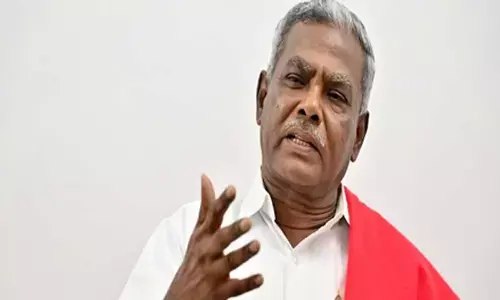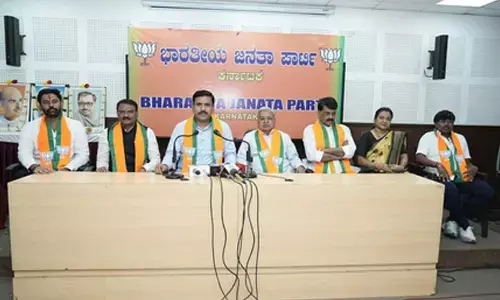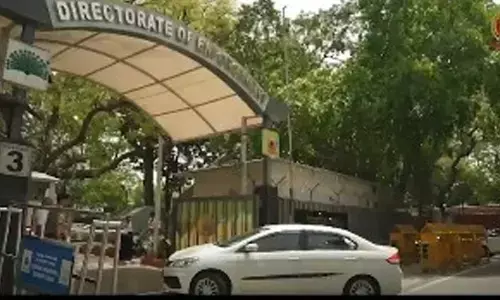Can't ignore blockchains

A safari into the wild jungles of distributed ledgers’, says the author David L. Shrier about his book on the basics of Blockchain
You don't need to be a blockchain nerd, or an IT professional or for that matter even a policy maker. If you have heard of bitcoin and the new world it has triggered over the last few years, this book can set you on a well informed safari. From the basics, to the contemporary sub -movements around the larger blockchain concept, applications and relevance to different sectors of the society and the emerging frameworks which seem to be bringing about an organised method of creating a variety of blockchains that can impact our lives.
Where did this blockchain story begin? In 2008 as a response to the economic and social crisis of the financial crash and its aftermath. It was in the nature of an evolutionary response to the crisis. Possibly an attempt to change the power structures, minimise the control of any one entity over the medium. The creators of blockchain were questioning the existing order and seem to have embarked upon a journey of creating a technology that endeavoured to create digital trust in a trustless society. The 2008 crisis was a watershed moment for many of us. Financial institutions went under; control was concentrated with a handful of entities. Redressal of the problems was slow. And in the wake of all this was the loss of trust. As a collective of individuals with vested interest in the financial institutions, we actually reached a stage where we started believing that we are a trustless society. Into this chaotic and uncertain scenario entered blockchain. Its pseudonymous progenitor Satoshi Nakamoto laid out the key elements of a new 'trustless' networked currency in a landmark paper entitled 'Bitcoin: A Peer-to Peer Electronic Cash System'.
All the key elements – a distributed ledger, Byzantine consensus, cryptographically secure currency, mining incentives and the 'blocks' of transactions; are clearly explained with simple explanations on how each of them reinforce the concept of a distributed ledger that would replace trust in a single entity (like a government) with trust in technology. Trust in a peer-to-peer network that would intrinsically keep the system honest.
This theoretical construct and the advent of bitcoin did also bring along with it the blockchain hype. In fact, according to the author, 'there are many instances in which you don't need a distributed ledger, where other kind of databases will do…' The author has co-created a framework to evaluate blockchain technologies called the Oxford Blockchain Strategy Framework(OBSF) where screening characteristics have been postulated, what the technology should have, and how to make it best fit into the user's business system. Inescapable for blockchain technologies though, is regulation and the governmental frameworks that either deter or encourage the technology. However, what the book seems to be highlighting is the pervasiveness of blockchain technologies on the one hand and the dangerous mechanisms that could result in unintended consequences which it is also capable of on the other.
Blockchain technologies are also creating new opportunities for industries. Should you want to discover how financial services, health, energy and food, real estate, education, governments and governance can deploy these technologies, then this book is an essential read. Suffice to say that blockchain working in tandem with other new generation technologies can help our existing mechanisms of organising human society keep pace with the changes introduced by the technologies itself. The future is what we make of it. But first the basics!



















